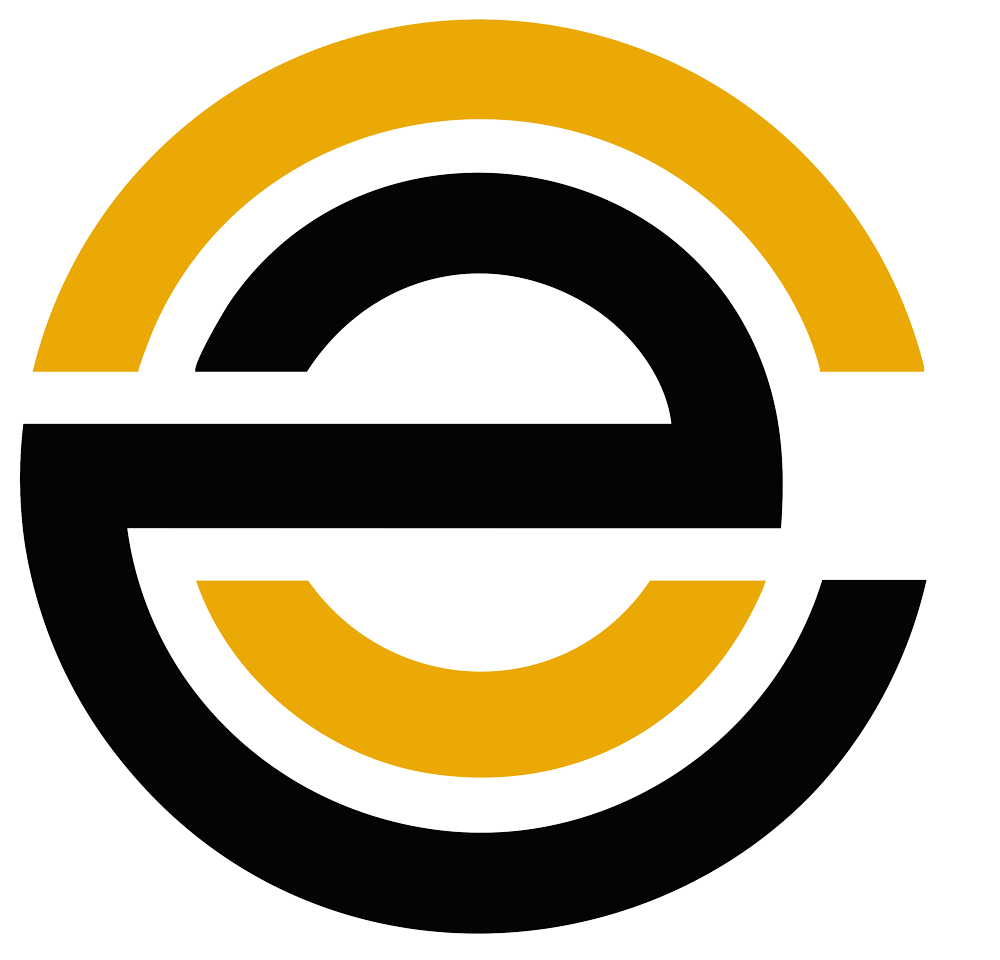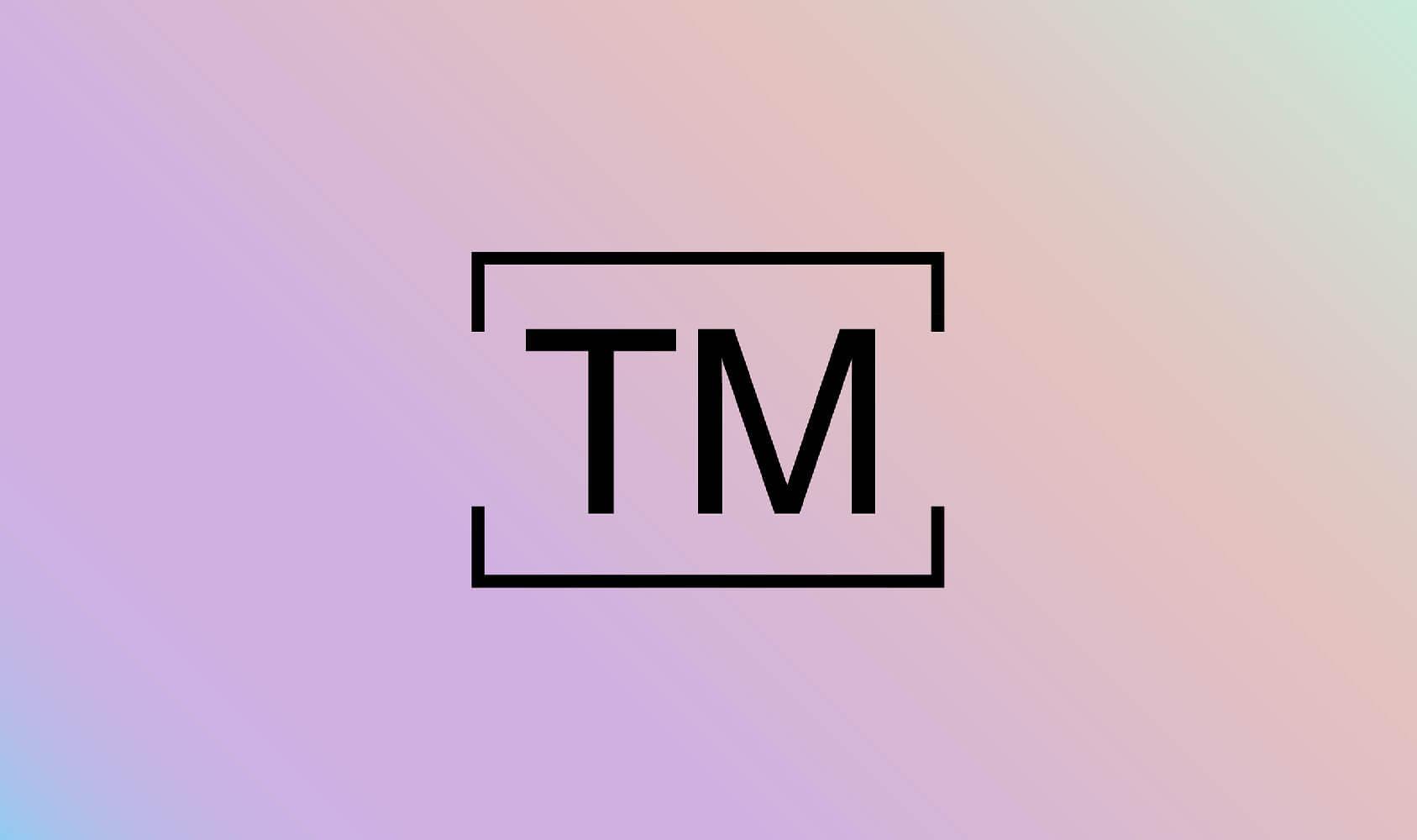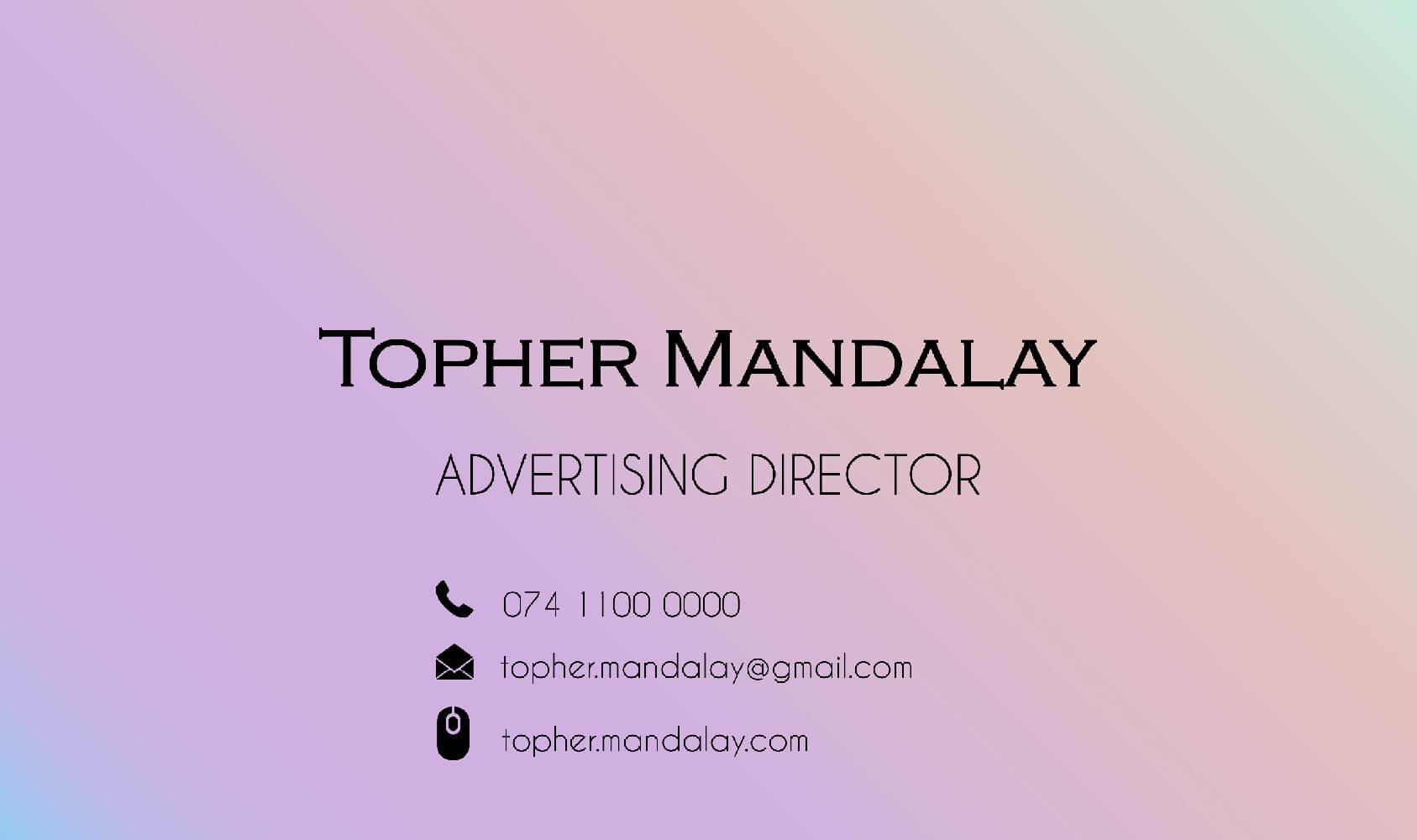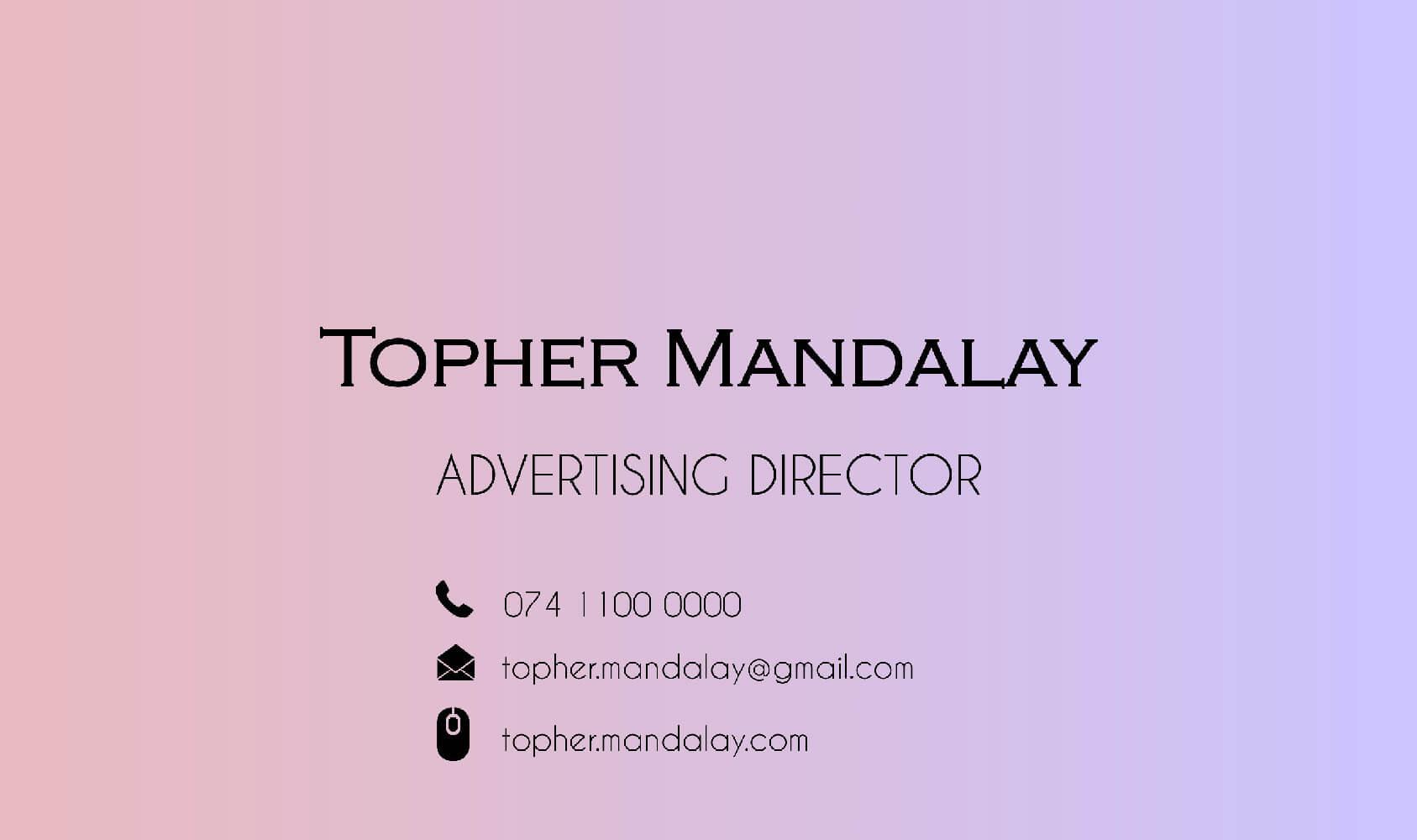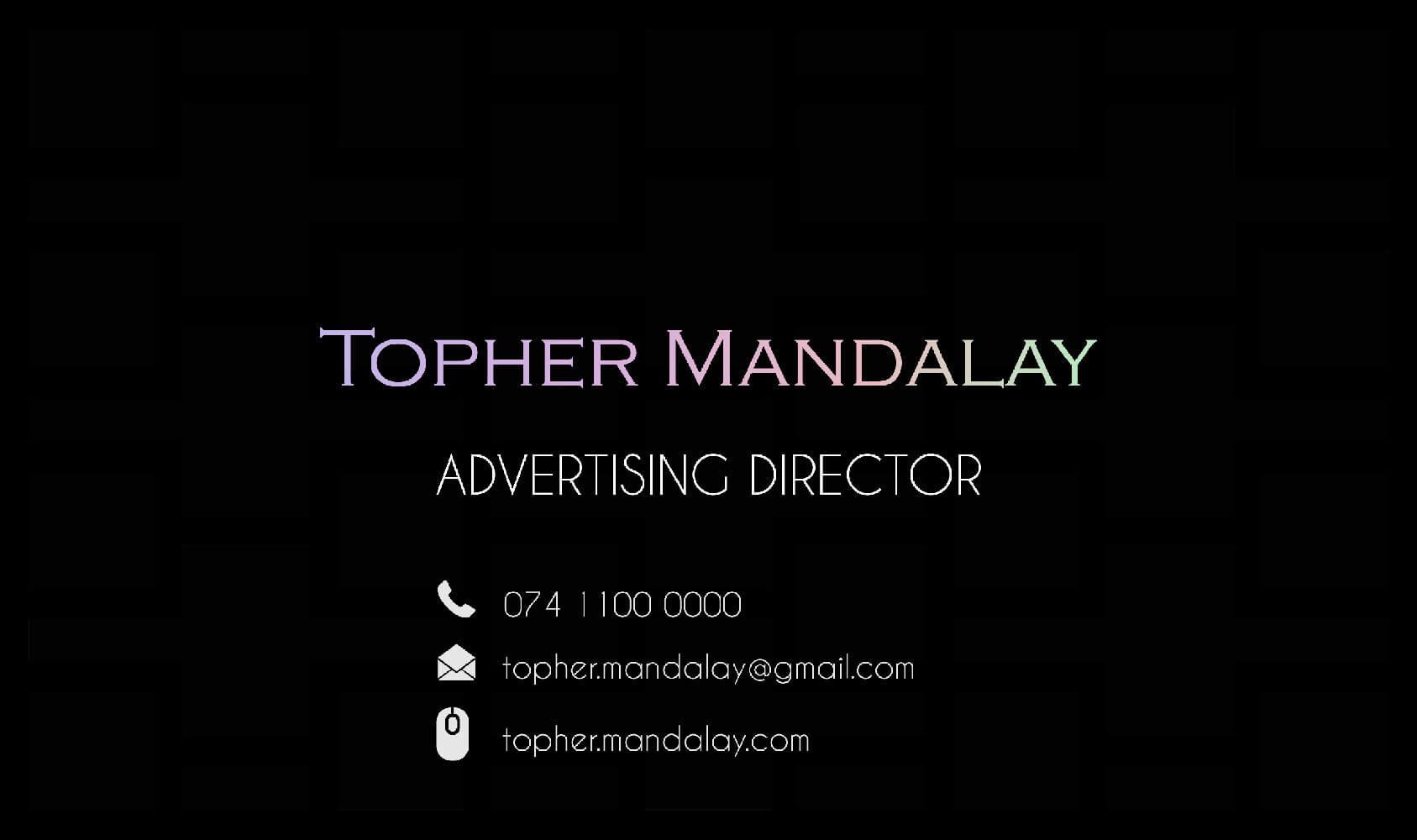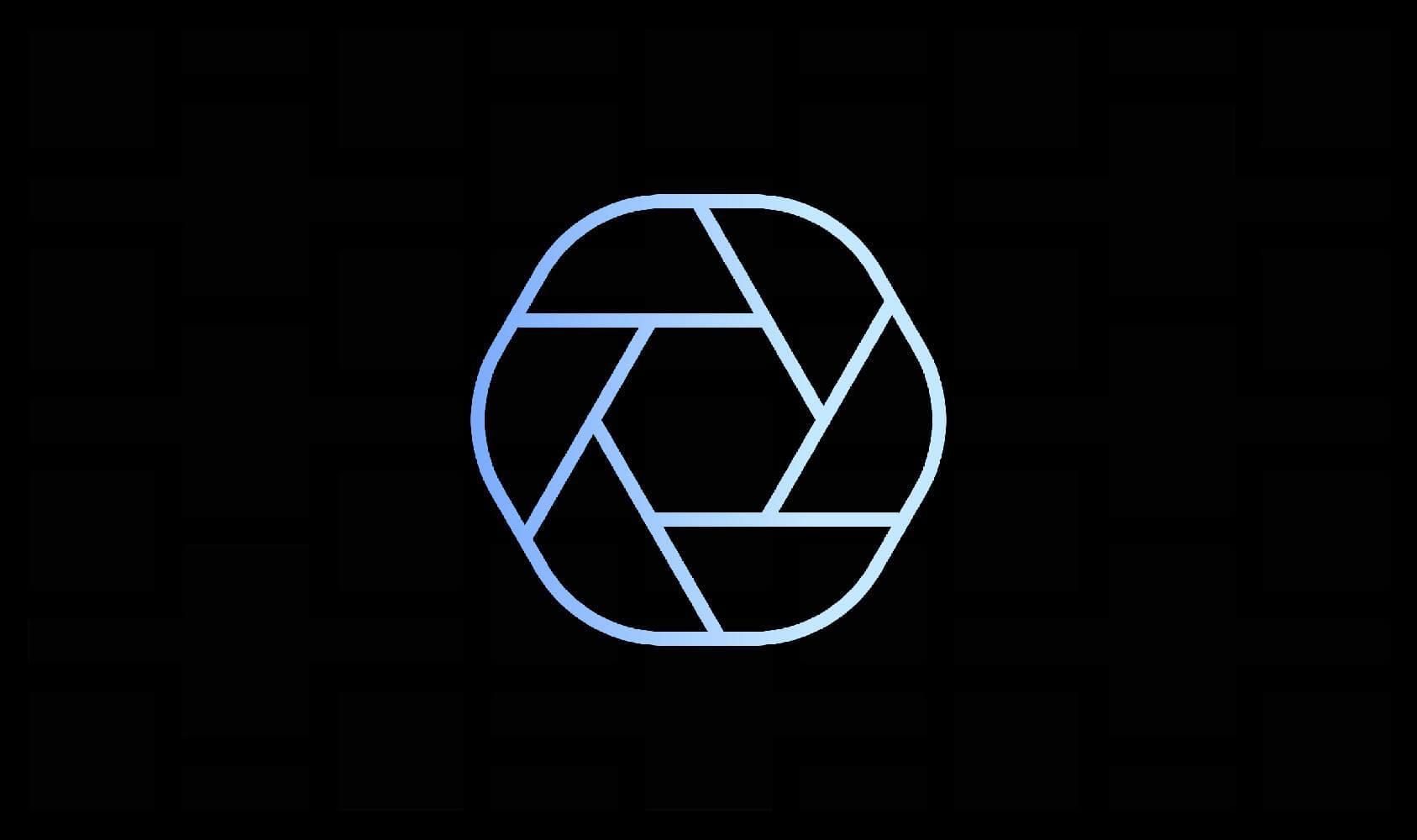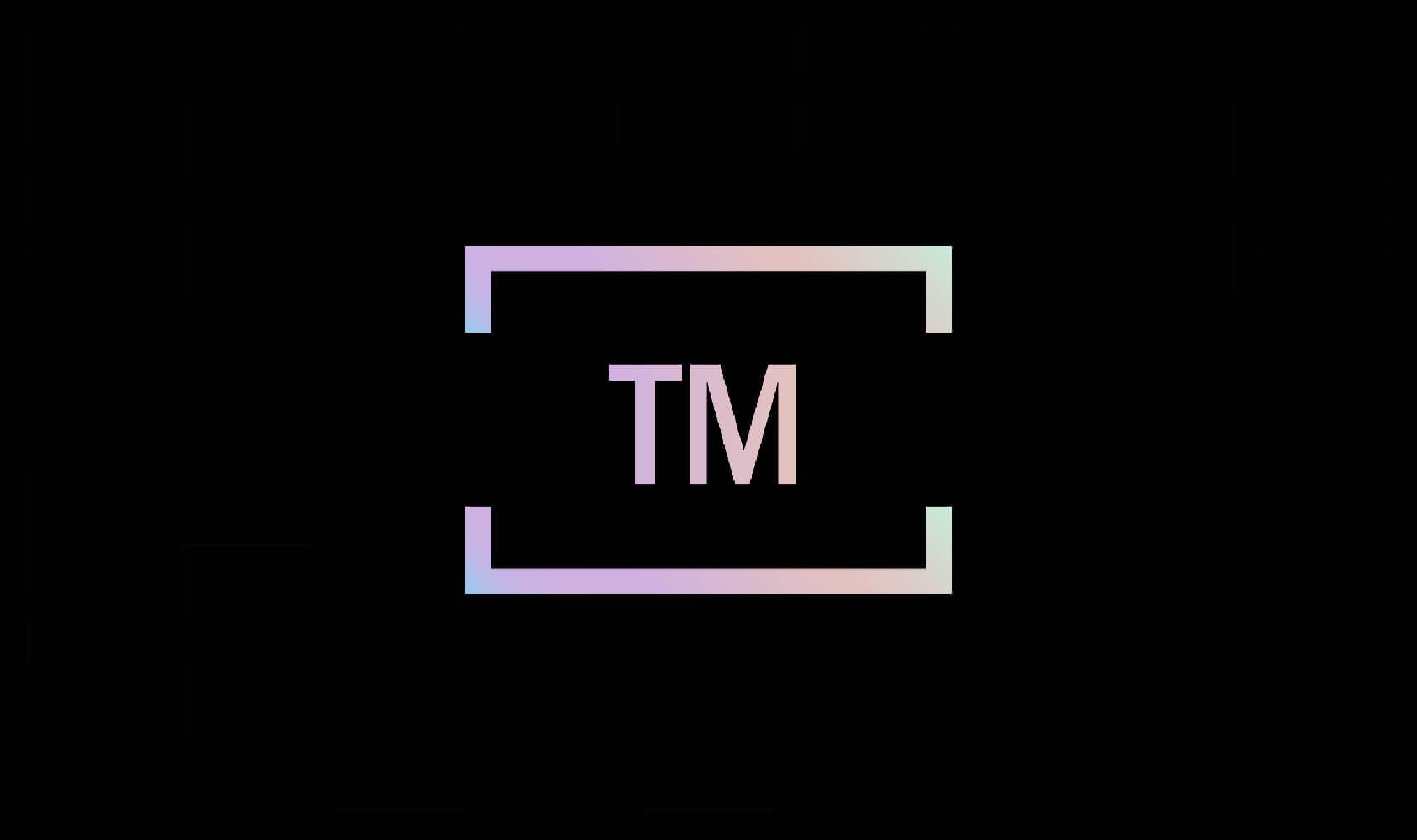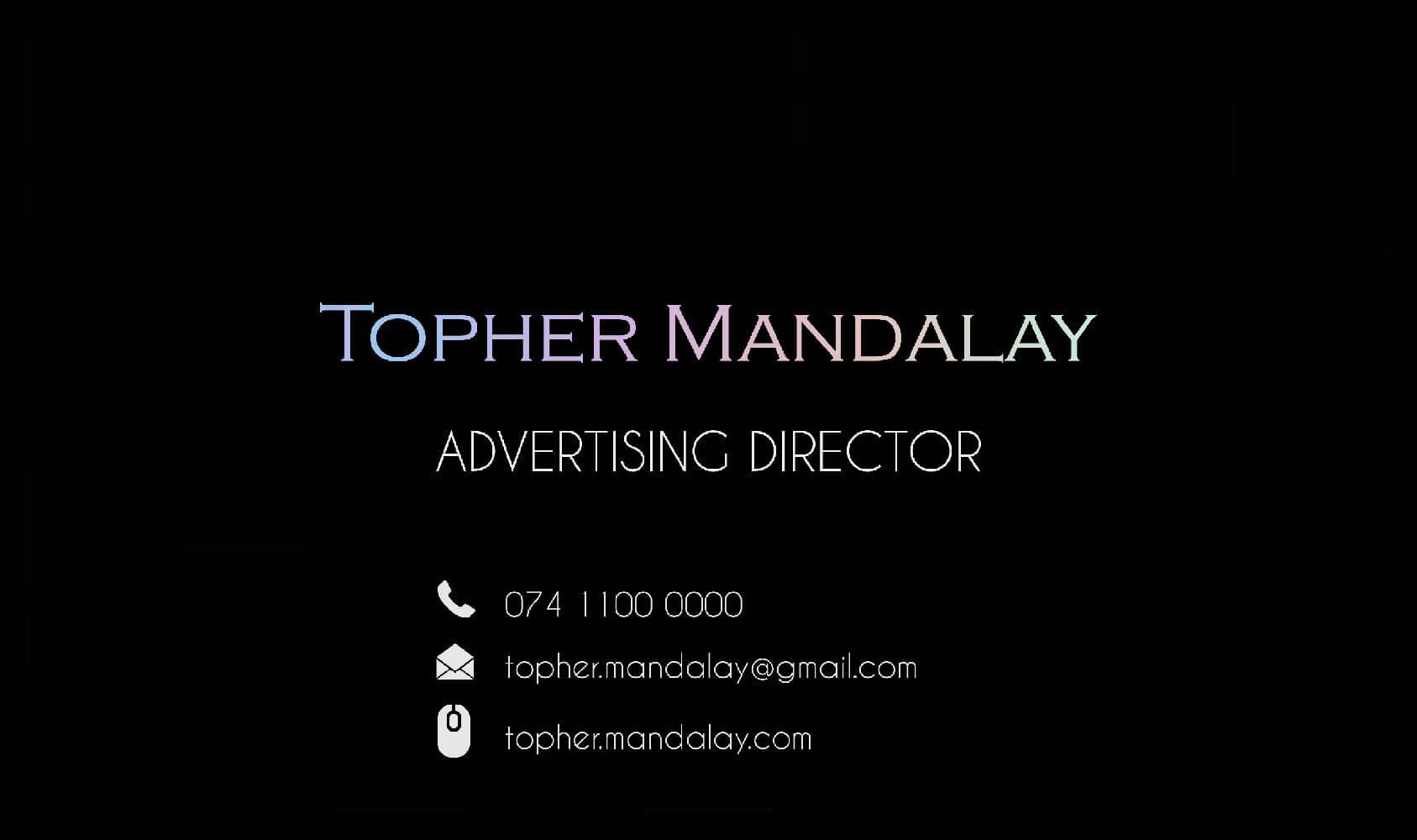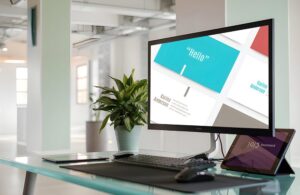 Elevate Your Brand with Creative Hologram Business Cards
Elevate Your Brand with Creative Hologram Business Cards
The Hologram Business Cards project was a personal endeavor that demanded extensive research to create a unique and innovative design. The primary objective was to produce business cards that stood out, leaving a lasting impression on the client’s potential customers.
To achieve this, I explored various hologram designs, distinct colors, and typography, ensuring every element conveyed elegance, sophistication, and professionalism. Beyond selecting eye-catching holographic effects, I delved into the technical aspects of printing, testing light refraction and layering techniques to create a hologram that was vibrant and durable.
Creative Hologram Business Card Design
Collaboration with printing specialists ensured that technical feasibility aligned with creative intent. This rigorous process enhanced the cards’ aesthetic appeal while maintaining practicality. Every decision, from materials to finishes, was guided by a commitment to quality and innovation. As a result, the business cards became a true reflection of the client’s brand image, leaving a lasting impact and setting them apart from the competition.
The holographic business cards were an instant hit, garnering praise for their exceptional design and innovative approach. Each card embodied a blend of creativity and precision, capturing the attention of everyone who received them. The use of holographic elements not only added a modern and sophisticated touch but also ensured that the cards stood out in a crowded market. This project demonstrated the importance of combining innovative ideas with meticulous execution, proving that a well-designed business card can be a powerful branding tool. Ultimately, the success of these cards highlighted the impact of hard work, dedication, and design excellence.
